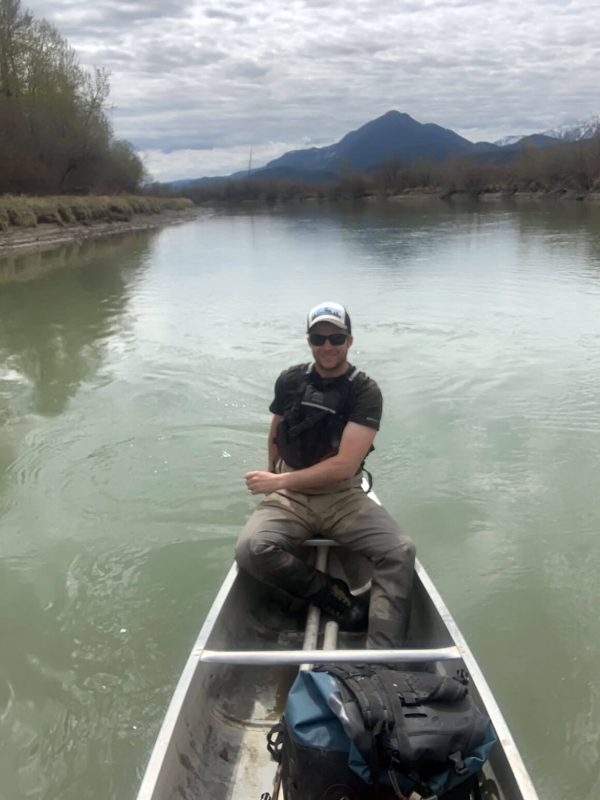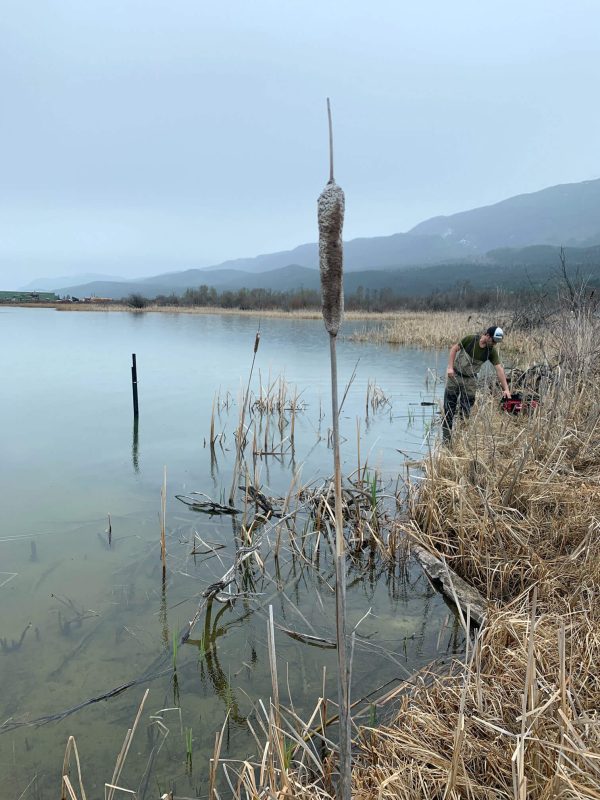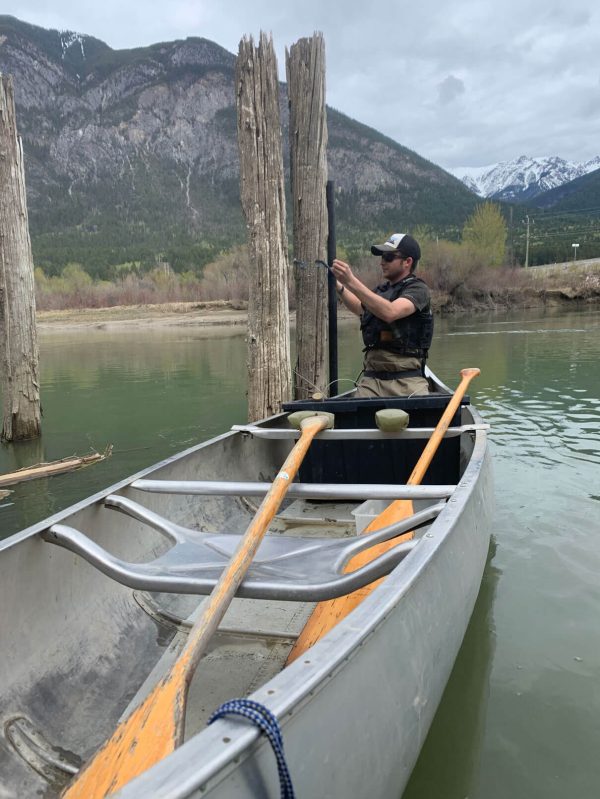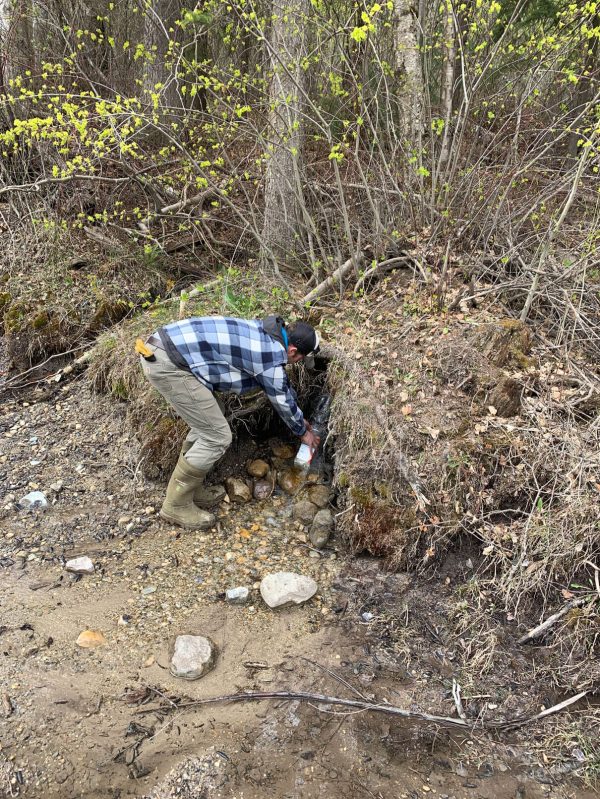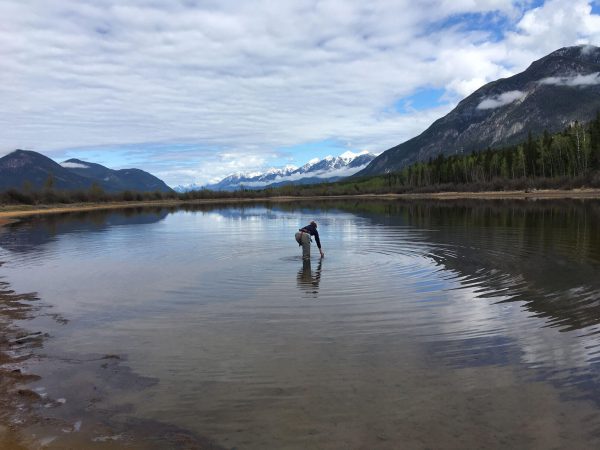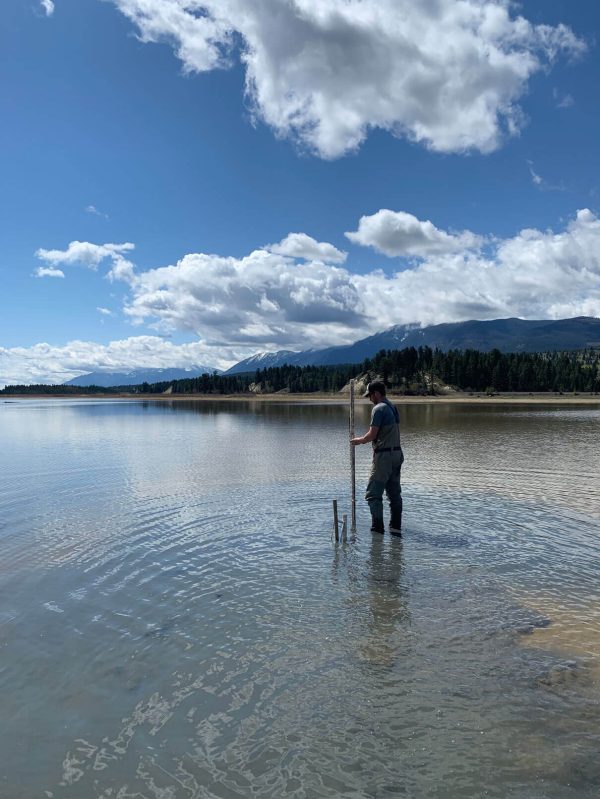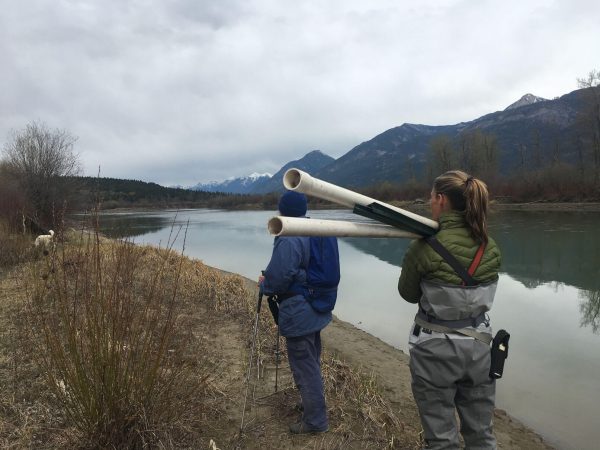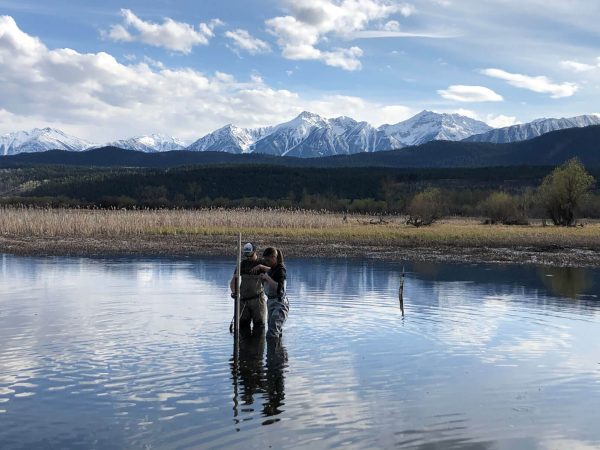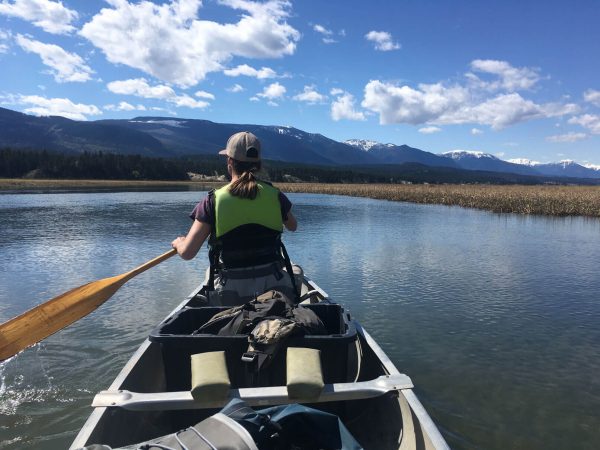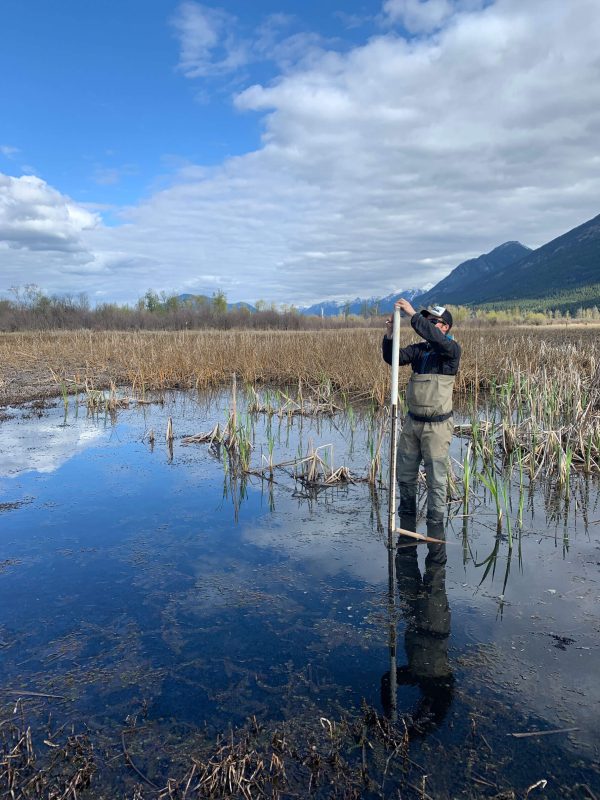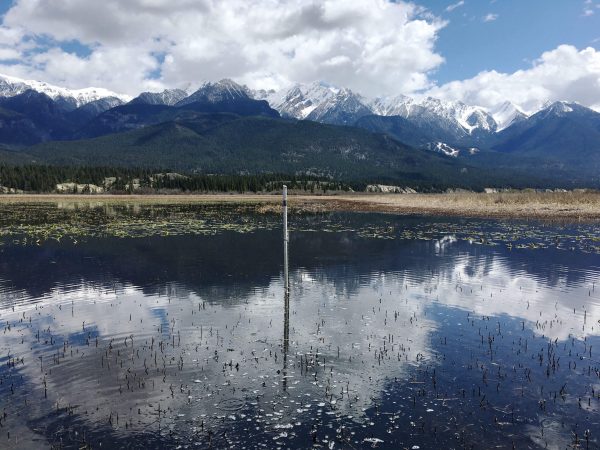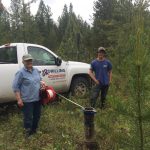Setting up a water monitoring system for the Columbia Wetlands
Living Lakes Canada team member Kyle Prince recently assisted installing a series of hydrometric stations and collecting water samples in the Columbia Wetlands near Invermere, B.C. This work was conducted for the Columbia Wetlands Stewardship Partners (CWSP) Hydrology Project, which is working to identify wetlands vulnerable to climate change and identify potential wetlands for mitigation activities. Living Lakes Canada sits on the CWSP Board and helps promote stewardship of these renowned wetlands.
The Upper Columbia River and adjacent Columbia Wetlands are one of the largest wetland complexes in British Columbia. This 180 kilometre-long, biologically-rich system extends northward from Canal Flats to Donald within the Rocky Mountain Trench of the Canadian Rockies of southeastern British Columbia. Encompassing the northward-flowing Columbia River, this 26,000-hectare wetland system is also one of the few remaining pristine floodplain wetlands left in North America; and it contains the only undammed section of the entire 2,000 kilometre-long Columbia River.
The Columbia Wetlands are a crucial source of freshwater, and provide immense habitat value to a diverse range of birds, fish, reptiles, amphibians, mammals, and invertebrates. This unique ecosystem is under pressure from anthropogenic sources and climate change. The severity and consequences of climate change are unknown and will be investigated in the CWSP project.
To investigate the high variability of wetland types in this complex, Kyle joined project member Cara Adrain to install 40 water level recorders throughout the river and wetland system from as far south as Fairmont to north of Spillimacheen. Sites that weren’t easily accessible from the roadside often required slogging through wetlands, busting through brush, and utilizing a canoe. Small water samples were also taken at hydrometric sites to be analyzed in a lab setting using isotopes to determine the percentage of groundwater contribution.
The work was challenging, but the crew was often rewarded with breathtaking mountain views, constant wildlife sightings, and the rare opportunity to conduct important environmental work in a beautiful setting.
Writeup by Kyle Prince, LLC Program Coordinator / Photos by Cara Adrain, CWSP Hydrology Project Team Member


